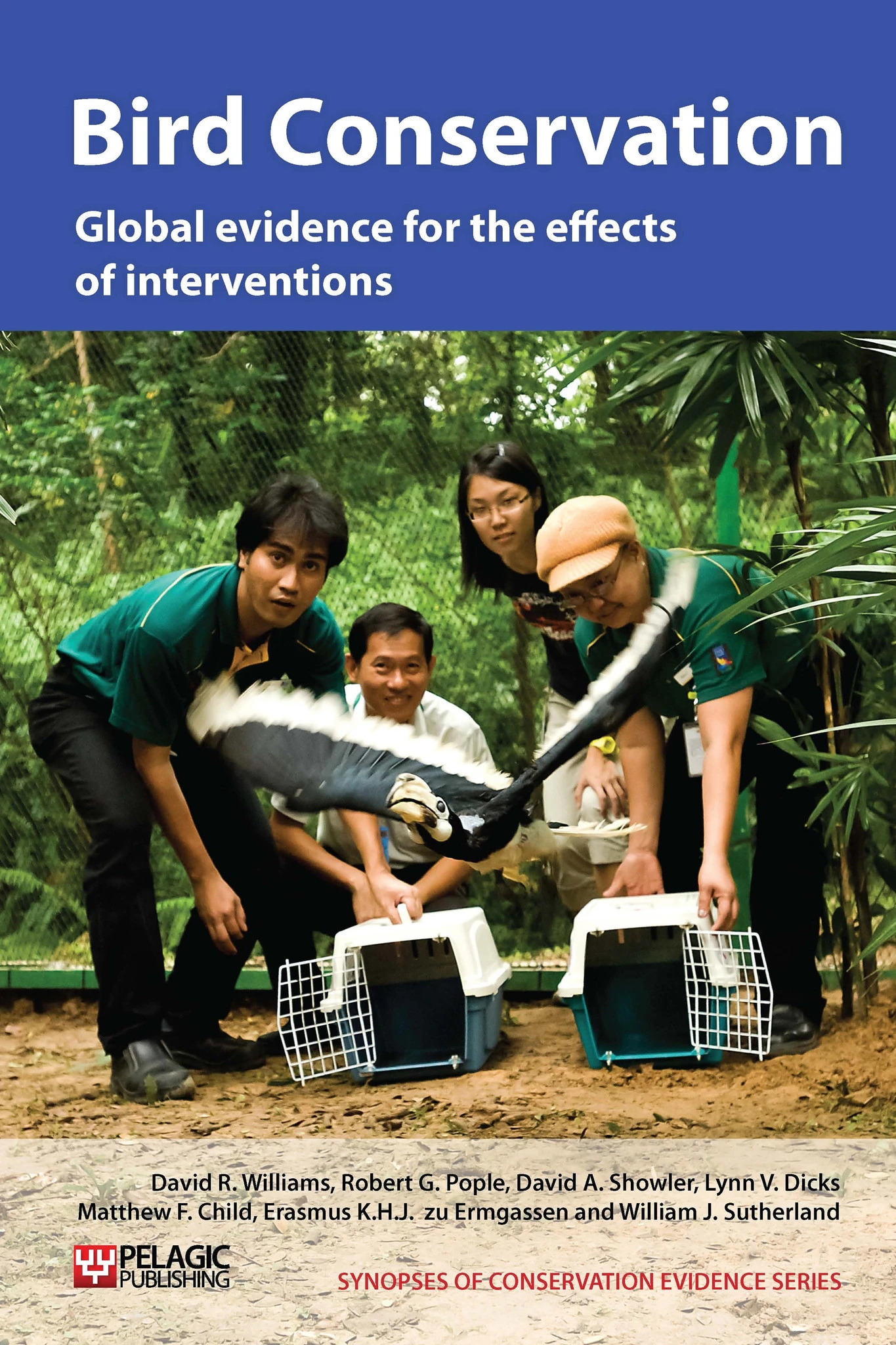Set lines underwater to reduce seabird bycatch
-
Overall effectiveness category Trade-off between benefit and harms
-
Number of studies: 5
View assessment score
Hide assessment score
How is the evidence assessed?
-
Effectiveness
61% -
Certainty
50% -
Harms
24%
Study locations
Supporting evidence from individual studies
A randomised, replicated and controlled study off the coast of Norway (Løkkeborg 1998) found that seabird bycatch in May 1996 was significantly lower when an underwater setting funnel was used to set longlines (28 birds caught, 0.49 birds/1,000 hooks for 13 line sets) than in control sets without the funnel (99 birds caught, 1.75 birds/1,000 hooks for 13 line sets). Lines were set during daylight and bycatch was mainly northern fulmars Fulmarus glacialis.
Study and other actions testedA randomised, replicated and controlled experiment, with 11 repeats of each treatment (each approximately 6,500 hooks), off the coast of mid-Norway during daylight in August 1998 (Løkkeborg 2001), found that longlines set using an underwater setting funnel significantly reduced the number of seabirds caught compared with control lines, set without a funnel (six birds and 0.08/1,000 hooks vs. 74 birds and 1.75/1,000 hooks). The majority of hooked birds were northern fulmars Fulmarus glacialis.
Study and other actions testedA randomised, replicated and controlled study (Melvin et al. 2001) in a North Pacific fishery in August 1999 found that using a setting funnel (“lining tube”) reduced the number of seabirds caught on longlines, compared to controls (0.045 birds/1000 hooks vs. 0.218 birds/1000 hooks). However, this decline was only fewer northern fulmars Fulmarus glacialis being caught, with the bycatch rate of shearwater Puffinus spp. remaining constant. Overall, the number of birds following and the rate of attacks on baits were consistent across treatments, although attack rates by shearwaters were twice as high when using a setting funnel. The study took place in the Pacific cod Gadus macrocephalus and walleye pollock Theragra chalcogramma fishery southeast of the Pribilof Islands, USA. This study is also discussed in ‘Weight baits or lines to reduce longline bycatch of seabirds’, ‘Set longlines at night to reduce seabird bycatch‘, ‘Use a line shooter to reduce seabird bycatch’ and ‘Use streamer lines to reduce seabird bycatch on longlines’.
Study and other actions testedA replicated, controlled study in a South African fishery, between 1998 and 2000 (Ryan & Watkins 2002) found that seabird bycatch in longline sets that used an underwater setting funnel was significantly lower than sets that did not use a funnel, both during the day (funnel: 2,255,150 hooks set, 23 petrels, 10 albatross killed, 0.015 birds/1,000 hooks; no funnel: 434,598 hooks set, 20 petrels, 1 albatross killed, 0.048 birds/1,000 hooks) and night (funnel: 317,503 hooks set, 3 petrels and no albatross killed, 0.009 birds/1,000 hooks; no funnel: 2,045,912 hooks set, 56 petrels, one albatross killed, 0.028 birds/1,000 hooks). However, a disproportionate number of albatrosses were killed during day-time sets using the setting funnel. The study took place in the Patagonian toothfish Dissostichus eleginoides fishery off the coast of the Prince Edward Islands.
Study and other actions testedA review of two randomised, replicated and controlled studies off the coast of Norway (Løkkeborg 2003) found that fewer northern fulmars Fulmarus glacialis were caught on longline hooks when an underwater setting funnel was used (34 birds and 0.08-0.49 birds/1,000 hooks) compared to control line sets (174 birds and 1.06-1.75 birds/1,000 hooks). Both papers are outlined above.
Study and other actions tested
Where has this evidence come from?
List of journals searched by synopsis
All the journals searched for all synopses
This Action forms part of the Action Synopsis:
Bird Conservation
Bird Conservation - Published 2013
Bird Synopsis





)_2023.JPG)














